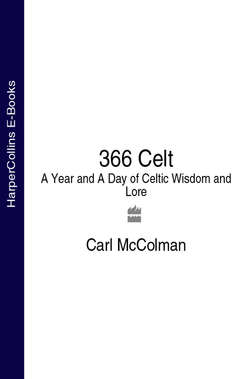Читать книгу 366 Celt: A Year and A Day of Celtic Wisdom and Lore - Carl McColman - Страница 84
77 THE PATH OF THE FAIRIES
ОглавлениеIn Welsh they are called Y Tylwyth Teg, which means “the fair folk.” In Irish they are the Daoine Sídhe, or “people of the fairy mounds,” referring to the cairns, raths, and other prehistoric monuments that have been traditionally seen as homes for the fair folk. Euphemisms for these mysterious otherworldly beings abound—they are called the other crowd, the good people, the gentry, and sometimes just “them.” Typical of Celtic wisdom, the fairies are seen as best spoken of in oblique and roundabout ways—so as not to upset them, you see.
But no matter how firmly the fairy-faith may seem to be part of Celtic consciousness, it is not in any way unique to the Celtic world. Many of the popularized notions of the fairies (such as can be found in Shakespeare or Walt Disney) come from English, rather than Celtic, sources. The word “fairy” itself is French in origin, etymologically linked with the concept of fate. So why are the Celts popularly seen as the believers in a much more universal spiritual phenomenon? Not hard to answer—given the Celtic love for spirituality and mysticism, it’s no wonder that the Celts would be among the last to maintain credence in the existence of such inexplicable and mysterious beings as the fairies.
